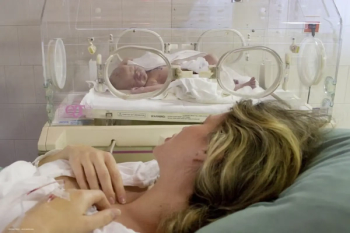
Peripheral iris thickness associated with ITC in PAC
Peripheral iris thickness is associated with iridotrabecular contact (ITC) in those who have angle closure, according to new research out of Japan.
Peripheral iris thickness is associated with iridotrabecular contact (ITC) in those who have angle closure, according to new research out of Japan.
The investigators prospectively recruited patients with primary angle closure (PAC) and PAC glaucoma addressed with laser peripheral iridotomy (LPI). They performed anterior segment optical coherence tomography (AS-OCT) under light and dark conditions and took scans along the vertical and horizontal axes.
They used software to measure iris thickness at 500 µm (IT500) and 750 µm (IT750) from the scleral spur, maximal iris thickness (MIT) and cross sections of the iris area (I-Area). The investigators defined ITC by ASOCT as the contact between the peripheral iris and angle wall anterior to the scleral spur. They defined the ITC+ group as eyes having ITC in 2 or more quadrants and the ITC- group as eyes having ITC in 0 or 1 quadrant.
The researchers examined 79 eyes of 60 patients; 48 had PAC and 31 had PACG. They found superior ITC in 44 eyes (55.7%), inferior ITC in 48 eyes (60.8%), temporal ITC in 18 eyes (22.8%), and nasal ITC in 16 eyes (20.2%). For analysis, they used the iris parameters of the inferior quadrant, which had the highest prevalence of all the quadrants.
The investigators adjusted for age, sex, pupil size and central anterior chamber depth and found that mean values of IT500 and IT750 were significantly greater in the ITC+ group than in the ITC- group (P + group compared with the ITC- group, per 0.1-unit increase, were 1.9 for IT500 (P = 0.029); 2.0 for IT750 (P = 0.011), 1.4 for MIT (P = 0.244), and 0.97 for I-Area (P = 0.406), they noted.
"In this study, approximately 40% of patients had ITC in two or more quadrants even after LPI, and peripheral iris thickness was considered to be important for angle-closure pathogenesis," the authors wrote. "To arrive at a definitive conclusion, further investigation is necessary in a larger number of cases in the future."
Read the article in
Newsletter
Get the essential updates shaping the future of pharma manufacturing and compliance—subscribe today to Pharmaceutical Technology and never miss a breakthrough.












































